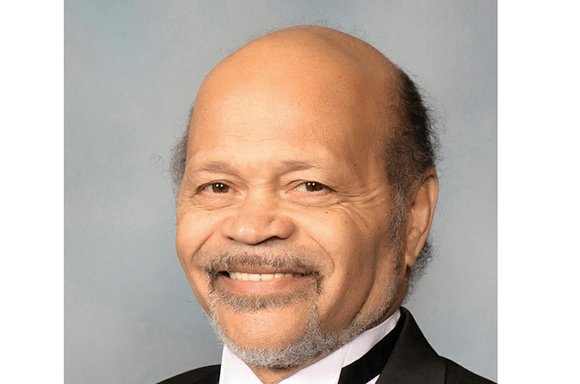More than ‘Cecil’ hunted
8/14/2015, 7:36 a.m.
Oscar H. Blayton
For more than a century, African tour operators (usually white people) have helped their European and American clients bag what they term “The Big Five.” This refers to the five most dangerous and difficult animals in Africa to hunt on foot — the African elephant, black rhinoceros, Cape buffalo, lion and leopard. But history reveals there was a sixth prey not mentioned in the literature and the folklore of the Great White Hunters. That dangerous inhabitant of the African continent was the African himself.
Recently, a furious outcry arose around the globe after one of The Big Five was poached in Zimbabwe by an American dentist. A lion, affectionately named Cecil, had been lured away from the protection of a wildlife preserve and killed with a crossbow.
Cecil’s death and the subsequent outcry gave rise to a revealing discussion about the degree of Western empathy for an African lion relative to that for human descendants of Africa. This debate may never be resolved, but the killing of Cecil points out a very real condition in the minds of people who gain satisfaction from ending the life of a “dangerous predator.”
To many white Americans, the black man is clearly seen as a danger, and so, too, is the black woman. And it is the perception of the “dangerous African-American” that gives license to some white Americans to take our lives and award themselves trophies for their heroic deeds.
According to a 1920 article published in The Journal of Negro History, Nat Turner — one particularly dangerous black man — “was skinned to supply such souvenirs as purses, his flesh made into grease, and his bones divided as trophies to be handed down as heirlooms. It is said that there still lives a Virginian who has a piece of his skin which was tanned, that another Virginian possesses one of his ears and that the skull graces the collection of a physician in the city of Norfolk.”
The Texas trooper who threatened to “light up” Sandra Bland with a Taser in all likelihood felt the same entitlement over her as the dentist who attacked Cecil the lion with a crossbow. The Cleveland police officer who needlessly jumped onto the hood of a car and fired 49 bullets into the black bodies of Timothy Russell and Malissa Williams clearly was looking to “bag a kill.” And the South Carolina police officer, who shot Walter Scott in the back as he ran for his life, appeared to have no more regard for Mr. Scott’s life than a hunter out for a bit of sport.
In the noxious racial climate of the American South during the century following the Civil War, taking down “a big black buck” often was seen as sport, and black bodies were tortured, burned and hung from trees for the amusement of white crowds. Trace contaminants from that era still pollute our social environment and manifest themselves in the murder of unarmed black people by police officers.
We know what motivates these killers. It is a blood lust. The same blood lust that moves a man to pick up a gun and walk into the forest in search of a trophy moves a 73-year-old reserve deputy in Tulsa, Okla., or any law enforcement officer, to strap on a gun and cruise black neighborhoods, daring any man or woman living there to do the slightest thing that they believe could justify the taking of a life.
It was not that long ago when white children sat in darkened movie theaters and cheered on Tarzan and other Great White Hunters as they fended off blood thirsty Africans. The threat of black bodies is projected in theaters today through the personification of the vicious black criminal who meets his just end at the hands of a heroic police officer.
Cecil the lion’s story has been given voice by a multitude of outraged Europeans and Americans. And while there is not so great an outpouring for the lives of black men and women that are unnecessarily taken by murderous police officers, we are now given voice by cell phone video and body cameras.
The Great White Hunters now are exposed for who they are, and the Theodore Roosevelts and Ernest Hemmingways of the world are known to be no more than senseless killers. And those award winning cops, who were praised for being models of law enforcement before being caught on camera needlessly taking black lives, no longer can easily justify the casual violence that they inflict upon the black population of this country.
The writer is a former Marine Corps combat pilot and human rights activist who practices law in Virginia.






